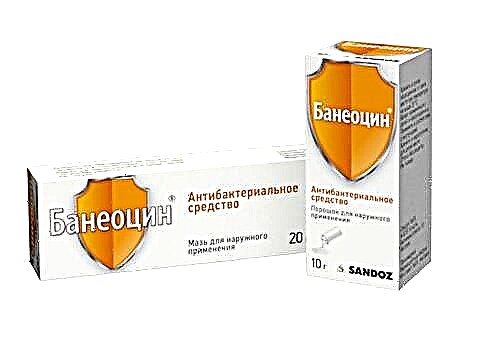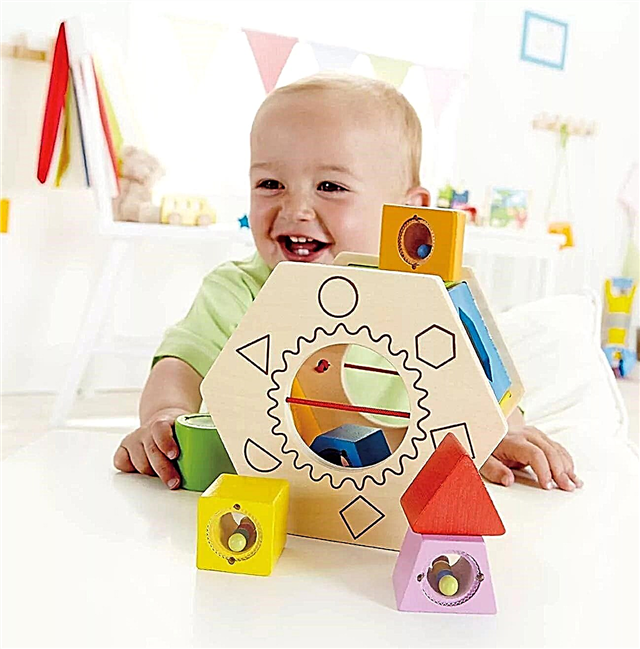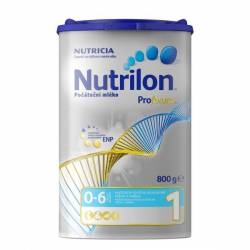Pollinosis - the name of the disease is incomprehensible until you know that it came from the word "pollen" - pollen. The very first name for this unpleasant phenomenon is "hay fever", since the scientist who studied the disease believed that hay was the cause. And he was, of course, right. Although later they found out that not only hay, but also plant pollen causes a similar reaction. Pollinosis in children combines a number of allergic diseases: rhinitis, conjunctivitis, bronchial asthma, sometimes dermatitis, urticaria. But most often, speaking of hay fever, they mean seasonal allergic rhinoconjunctivitis.
Illness occurs due to contact with specific airborne allergens. They enter the body with the air, through the skin and mucous membranes, with food.
A child suffering from hay fever, dad or mom also often have a similar problem. In this case, the baby doubles the chances of encountering hay fever.
Why and when does hay fever occur?
Pollinosis occurs in the spring and autumn. An allergen is suggested by linking the period of hay fever and the time of flowering of plants, respectively, the appearance of pollen in the air.
 In developed countries, 20-40% of children suffer from hay fever. Children from rural areas are less susceptible to allergic diseases.
In developed countries, 20-40% of children suffer from hay fever. Children from rural areas are less susceptible to allergic diseases.
Children from industrial regions and wealthy families are more likely to get sick. Babies who are weaned early and parents who smoke are at a higher risk of getting sick.
The development of pollinosis two factors contribute:
- susceptibility to a specific allergen;
- its presence in the environment.
The phases of an allergic reaction are divided into early and late phases.
Symptoms of an early or immediate phase appear 10 minutes after exposure to an allergen. Late phase symptoms - after a few hours, reaching a maximum after 6-14 hours.
When an allergen enters the body again, a quick and strong reaction develops already to its lower dose.
Pollinosis symptoms
Pollinosis symptoms parents often mistaken for manifestations of a viral infection:
- Children sniff, sniff, their eyes turn red.
- The child constantly rubs his nose, due to wiping with the palm of the nose from the bottom up above the tip of the nose, a characteristic transverse fold may appear.
- The nose itches, small children can stick various objects into it, provoking nosebleeds.
- Nasal congestion prevents the child from sleeping, irritability and tearfulness appear.
- Under the eyes, due to venous stasis, dark circles appear (due to swelling of the paranasal sinuses and its mucous membrane), the baby's mouth is constantly open. Allergic circles under the eyes are noted in 60% of sick children.
The difference between hay fever and other diseases
With non-allergic rhinoconjunctivitis, the picture of the disease is very similar to pollinosis. During a medical examination, it is noted:
- swelling, looseness and cyanosis of the mucous membrane;
- nasal discharge is clear.
 Thick purulent discharge, a one-sided process, hyperemia of the nasal mucosa and an increase in body temperature indicate an infectious process.
Thick purulent discharge, a one-sided process, hyperemia of the nasal mucosa and an increase in body temperature indicate an infectious process.
Conjunctivitis with allergies is always bilateral, with transparent discharge, and a one-sided process with purulent discharge also speaks of infection.
Allergy itself is not accompanied by fever, if present, an infectious process should be sought.
If the symptoms periodically subside and become aggravated again, but with renewed vigor, seasonal exposure to airborne allergens should be assumed.
Babies, as a rule, do not suffer from hay fever, since sensitivity to airborne allergens develops after a few years, food allergies are more common in young children.
Pollinosis diagnostics
- the diagnosis is established by assessing the hereditary history and the history of the disease. Time of onset, duration of the disease, response to treatment are assessed;
- the child is examined;
- laboratory tests confirm the presence of pollinosis and determine the allergen. In the process of research, other possible reasons for the manifestation of symptoms similar to pollinosis are also excluded;
- a general blood test is taken. It usually has an increased number of eosinophils. But eosinophils can be within the normal range, sometimes they accumulate in large quantities in target organs, and we do not see characteristic changes in the blood. In addition, an increased level of eosinophils can occur in other diseases;
- with pollinosis, a study of mucus from the nose is carried out. The presence of eosinophils in the analysis confirms the diagnosis.
In young children in a smear with pollinosis, eosinophils are more than 4%, in older children - more than 10%.
- the level of IgE in the blood is determined.
During the flowering season and immediately after it, the IgE level rises 2-4 times, outside the season it gradually returns to normal and rises again the next year. But in 50% of patients, the IgE level is within normal limits. Therefore, the level of total IgE is monitored over time;
- determine the level of specific IgE in the blood.
The reliability of the results is up to 50%. The analysis is done in cases where skin tests are impossible (age, skin diseases, patient refusal);
- The main method for diagnosing all allergic diseases is still skin tests with allergens.
Reliability - over 90%. Antihistamines are canceled a week before they are carried out.
In children, the test is carried out as follows: a thin needle is slightly scratched or pierced by the skin, a drop of an allergen is admitted through the wound, which penetrates into the upper layer of the skin. An early reaction is visible in 20-30 minutes, a late one in 6-12 hours.
At what age is an allergen skin test performed?
Children under one year old have no reaction to seasonal allergens; positive reactions will only occur after contact with the allergen for two seasons or more.
Therefore, it makes no sense to carry out skin tests for children under 3 years of age, usually tests are indicative in children after 5 years.
Treatment of pollinosis in children
Of course, there is no cure for allergies. The goal of treatment is to weaken or prevent the manifestations of the disease as much as possible.
- with pollinosis, the ideal way is to prevent contact with allergens. But few can leave for other lands.
To reduce the amount of allergens in the air, in case of pollinosis, windows and doors should be kept closed using air conditioners. Daily wet cleaning is carried out;
- antihistamines (second generation) are prescribed, as they have less sedation than first generation drugs
 Currently, four drugs are used: Cetirizine (children from two years old), Loratadine (children from two years old), Fexofenadine (from six years old) and Ezelastin (from five years old);
Currently, four drugs are used: Cetirizine (children from two years old), Loratadine (children from two years old), Fexofenadine (from six years old) and Ezelastin (from five years old);
- with nasal congestion and swelling, local decongestants are used, but no more than 5 days and no more than 1 time per month;
- cromolyn is effective and must be administered every 4 hours.
Leukotriene modulators are moderately effective; - if the desired effect is not achieved, glucocorticoids are injected into the nose.
From three years old - Mometasone, from four - Fluticasone, from six - Budesonide. These drugs are administered once a day. If the therapy is ineffective, an allergist consultation is necessary.
Complications of pollinosis
If you do not attach importance to pollinosis and do not treat it, the child has a number of additional problems.
This is an increase in the tonsils and adenoids, inflammation of the middle ear, the development of chronic sinusitis, the addition of a secondary infection with the development of bacterial and fungal infections, the development of bronchial asthma.
Headaches, decreased academic performance, sleep disturbances, and chronic fatigue reduce a child's quality of life. Therefore, parents should take the first manifestations of hay fever as seriously as possible and consult a specialist.
Article rating:



